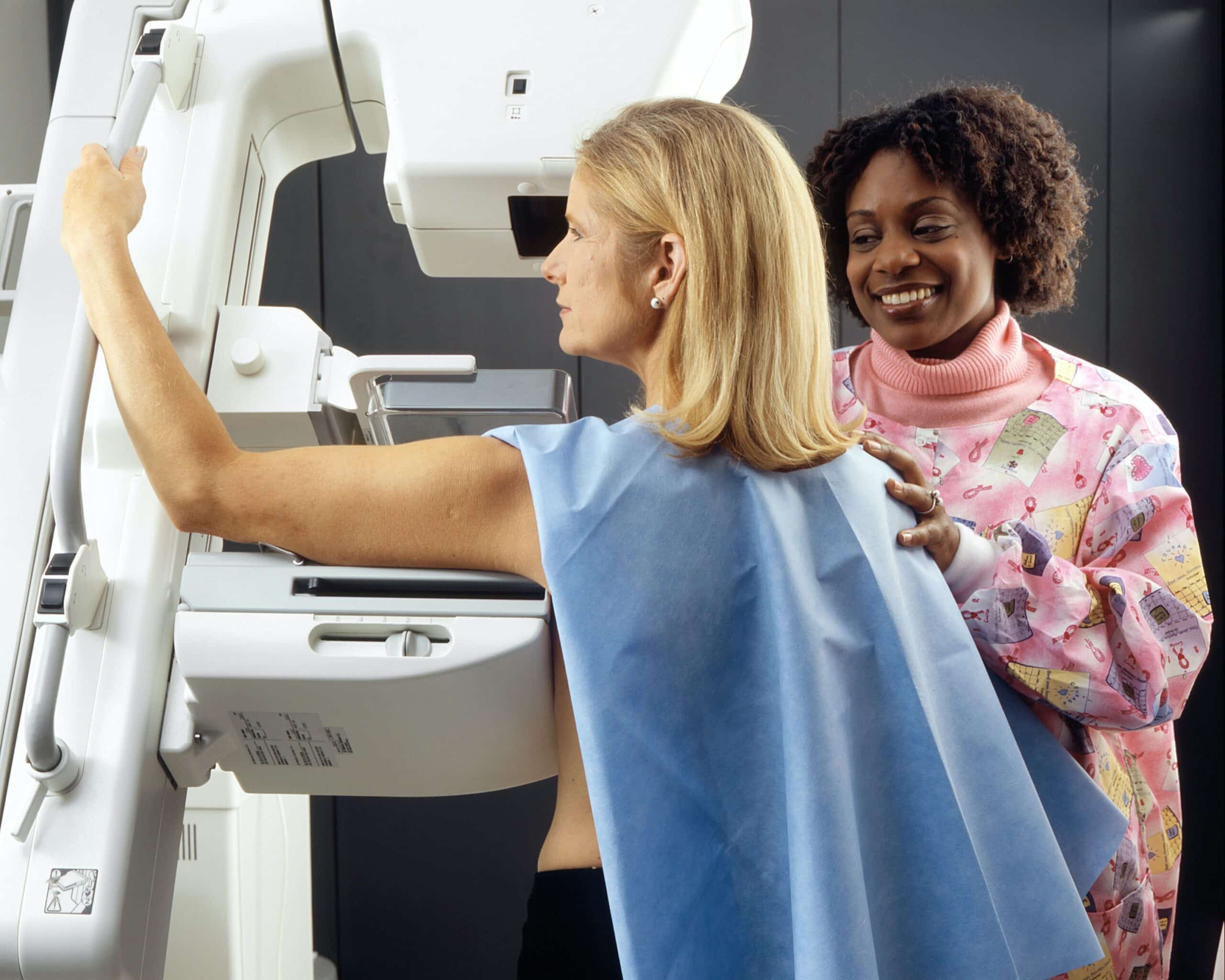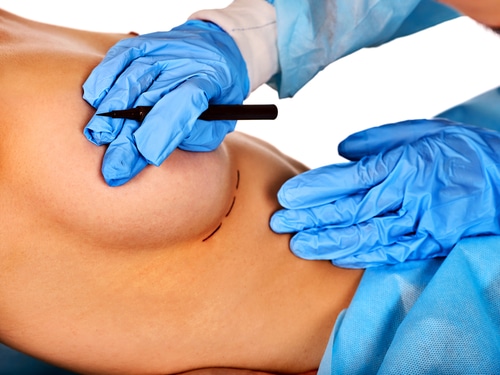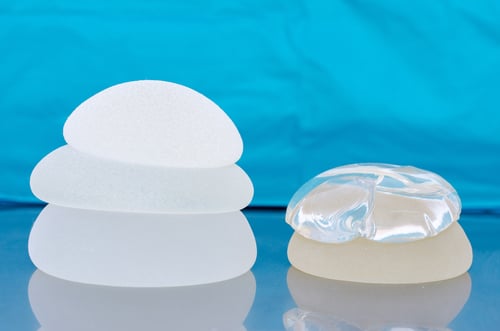BIA-ALCL sounds like a frightening condition, but it is important to know that it is easily treatable if you do develop it. Unfortunately, even when breast augmentation is performed by a highly skilled board-certified plastic surgeon like Dr. Golosow, complications can occur. BIA-ALCL is a rare complication but it is still good to know the symptoms and treatment options.
What is Breast Implant-Associated Anaplastic Large Cell Lymphoma?
BIA-ALCL is a type of lymphoma that can occur in women who have breast implants. BIA-ALCL is an uncommon cancer and is usually highly treatable. This condition occurs when a cancerous mass develops around the implant and occurs most frequently in women who have implants with textured surfaces. BIA-ALCL is not breast cancer, but instead a cancer of the immune system.
BIA-ALCL has been found in women with both silicone and saline implants and both breast cancer reconstruction and cosmetic patients. The key to developing it seems to be the textured surface of the implant. The important thing to know is that, to date, there haven’t been any confirmed cases of BIA-ALCL in women with smooth-shelled implants.
Should I Have My Textured Implants Removed?
As of March 1, 2023, the American Society of Plastic Surgeons has recognized 411 cases of BIA-ALCL in the United States and 1,350 cases worldwide. Therefore, most women who have textured implants do NOT develop BIA-ALCL.
It is not currently recommended that patients have textured implants removed unless they develop symptoms such as a mass or fluid collection which would then need to be evaluated. In fact, the FDA has specifically said that, in the absence of symptoms, implant removal is not necessary.
That said, some women want to minimize risk by exchanging textured for smooth implants if it gives them peace of mind. Also, companies like Allergan have pulled their textured implant products from the market out of an abundance of caution and now only provide smooth-shelled implant products.
How Would I Know If I Have BIA-ALCL?
The most common sign of BIA-ALCL is the development of fluid or swelling around an implant. This usually happens 8-10 years after an implant is placed but can be as early as a year or happen years later. Other symptoms of BIA-ALCL can include breast pain, enlargement, hardening of the implant capsule, skin rash, or the development of a lump in the breast or armpit.
Although this type of cancer is rare, women who develop these symptoms should be evaluated by a board-certified plastic surgeon who can do a physical exam and perhaps further testing. If a lump or enlargement is seen on a physical exam, the physician might order an ultrasound or an MRI to further evaluate. If fluid or a mass is found on these exams, a biopsy or aspiration of the fluid will be done to test for BIA-ALCL.
What Happens if I Develop BIA-ALCL?
The important thing to know is that most of the time BIA-ALCL is very treatable. Usually, the implant is removed along with the scar tissue ( the capsule) around the implant. Testing of the lymph nodes may be done and a PET/CT scan performed to look for any spread of the disease. Referral to an oncologist would also be in order. Some patients with advanced disease may need chemotherapy or rarely radiation.
Schedule a Consultation
Dr. Golosow is recognized as a leading provider of breast augmentation and implant removal in Fort Myers, FL. If you are interested in breast implant removal or replacement, we encourage you to schedule a consultation today so that we can ease your worries and ensure your health.










